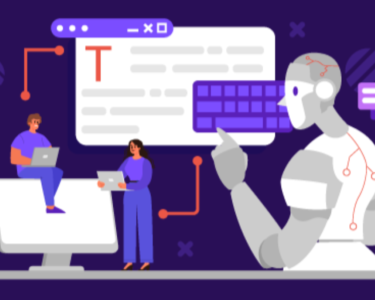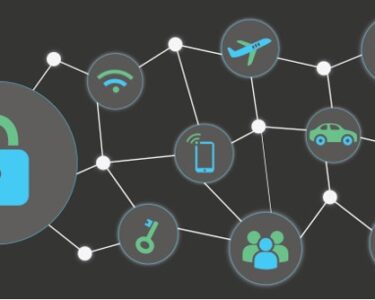
Deep Learning Technology
Deep learning is a subset of machine learning that uses artificial neural networks to learn and make decisions. Neural networks are inspired by the human brain and are made up of multiple layers of interconnected nodes. Each node takes in input data and produces an output that is passed to the next layer. The layers are stacked together to form a deep learning model.
Deep learning models can be trained on large amounts of data and are able to learn complex patterns and relationships. This makes them well-suited for a variety of tasks, including:
- Image recognition
- Natural language processing
- Speech recognition
- Machine translation
Deep learning has revolutionized many industries, including healthcare, finance, and retail. It is used in a variety of applications, such as:
- Medical diagnosis
- Fraud detection
- Product recommendation
- Customer service
Deep learning is a powerful technology that is still in its early stages of development. As new algorithms and techniques are developed, we can expect to see even more applications for deep learning in the future.
How does deep learning work?
Deep learning models are trained on large amounts of data. The data is used to adjust the weights and biases of the neural network so that it can learn to make accurate predictions.
The training process is iterative. The model is first initialized with random weights and biases. Then, the model is fed a batch of training data. The model makes predictions on the data and the errors are calculated. The weights and biases are then adjusted to reduce the errors.
This process is repeated until the model has learned to make accurate predictions on the training data. Once the model is trained, it can be used to make predictions on new data.
What are the benefits of deep learning?
Deep learning models offer a number of benefits over traditional machine learning models. These benefits include:
- Accuracy: Deep learning models are able to learn complex patterns and relationships in data. This makes them more accurate than traditional machine learning models.
- Scalability: Deep learning models can be trained on large amounts of data. This makes them scalable to large datasets.
- Flexibility: Deep learning models can be used for a variety of tasks. They can be used for image recognition, natural language processing, speech recognition, and machine translation.
What are the challenges of deep learning?
Deep learning models also come with a number of challenges. These challenges include:
- Training time: Deep learning models can take a long time to train. This is because they have a large number of parameters that need to be adjusted.
- Overfitting: Deep learning models can overfit to the training data. This means that they may not generalize well to new data.
- Interpretability: Deep learning models can be difficult to interpret. This makes it difficult to understand how they make decisions.
What is the future of deep learning?
Deep learning is a rapidly growing field. New algorithms and techniques are being developed all the time. As these new developments are made, we can expect to see even more applications for deep learning in the future.
Deep learning is expected to have a major impact on a variety of industries. It is expected to revolutionize healthcare, finance, and retail. Deep learning is also expected to play a major role in the development of self-driving cars and other autonomous systems.


